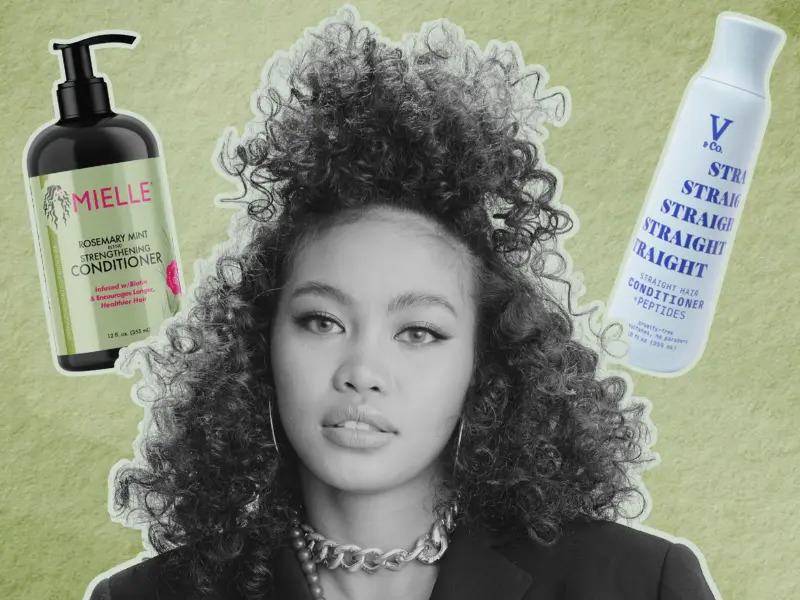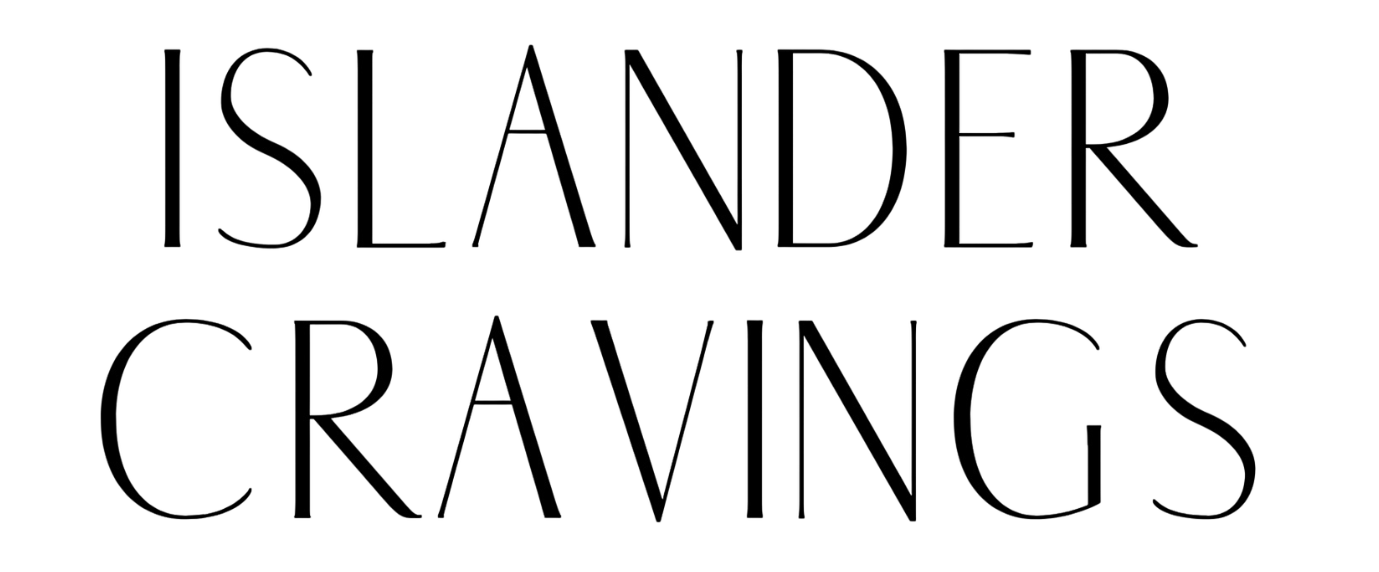
This post contains affiliate links, which means I may receive a commission for purchases made through my links at no extra cost to you. Thank you for the support and as always all opinions are my own.
Choosing the right conditioner for your hair type shouldn’t feel like solving a puzzle. If you’re tired of trying product after product with disappointing results, you’re in the right place.
Here’s the truth: most people use the wrong conditioner because they focus on fancy ingredients instead of their hair’s actual problems. This guide cuts through the confusion with a simple 3-step system that works.
What you’ll get:
- A 60-second hair assessment to identify your main concern.
- Targeted solutions for your specific hair problem.
- Pro application techniques that maximize results.
- Common mistakes that sabotage your efforts.
Take This 60-Second Hair Quiz

Your Results: Jump to Your Solution
Mostly A’s → Dryness / Dehydration
Mostly B’s → Damage & Breakage
Mostly C’s → Frizz Control
Mostly D’s → Volume & Thickness
Mostly E’s → Color Protection
Why Conditioner Changes Everything (In 30 Seconds)
Here’s what happens when you skip conditioner:
- Hair cuticles stay raised and rough
- Moisture escapes, leaving hair dry
- Tangles and breakage increase by 40%
- Color fades 50% faster
What the right conditioner does:
- Seals cuticles for smoothness and shine
- Locks in moisture for softness
- Creates protection against daily damage
- Makes styling 10x easier

Image Source: Canva
5 Hair Solutions And Their Conditioner Match
1.Dryness & Dehydration: Intensive Moisture
If your hair constantly feels thirsty, rough to the touch, and looks dull, no matter what you try, it might be naturally dry, over-washed, or damaged from environmental factors.
Your Perfect Conditioner:
- Look for: Hydrating or moisturizing conditioners
- Key ingredients: Glycerin, shea butter, natural oils, hyaluronic acid
- Avoid: Clarifying or volumizing formulas (too stripping)
Want to understand exactly what these ingredients do and how to spot quality formulations? Our conditioner ingredients guide breaks down what actually works vs. marketing hype.
Your Routine:
- Daily: Rich moisturizing conditioner, leave on 5-7 minutes
- Weekly: Deep hydrating mask for 15-20 minutes
- As needed: Leave-in conditioner for extra moisture protection
Application Focus:
Apply generously from mid-lengths to ends. For very dry hair, you can apply closer to the roots.
Expected results in 2 weeks: Softer texture, improved shine, easier detangling, less breakage
2.Damage & Breakage: Repair & Strengthen
If your hair breaks when you brush it, snaps during styling, and has visible split ends, this usually comes from heat styling, chemical processing, or mechanical damage.
Your Perfect Conditioner:
- Look for: Repairing or strengthening conditioners
- Key ingredients: Keratin proteins, amino acids, ceramides, bond-builders
- Avoid: Harsh clarifying formulas that strip further
Learn exactly why these ingredients work for damaged hair and how to spot them on labels in our ingredient analysis guide.
Your Routine:
- Daily: Protein-rich repairing conditioner, leave on 3-5 minutes
- Weekly: Intensive repair treatment for 10-20 minutes
- Always: Leave-in conditioner before heat styling
Application Focus:
Focus on the most damaged areas (usually mid-lengths to ends). Use gentle, detangling motions.
Expected results in 2 weeks: Reduced breakage, stronger hair, fewer split ends, improved elasticity
3.Frizz Control: Smooth & Tame
If your hair puffs up at the first sign of humidity, has constant flyaways, and never looks smooth, no matter how much you style it.
Your Perfect Conditioner:
- Look for: Anti-frizz or smoothing conditioners
- Key ingredients: Natural oils, smoothing silicones, humidity blockers, glycerin
- Avoid: Protein-heavy formulas (can worsen frizz for some hair types)
Discover which specific oils and smoothing agents work best for different frizz types in our complete ingredients breakdown.
Your Routine:
- Daily: Anti-frizz conditioner, leave on 3-5 minutes
- Daily: Leave-in conditioner with humidity protection
- Weekly: Smoothing hair mask for frizz prevention
Application Focus:
Apply evenly throughout hair; use a wide-tooth comb to distribute. Always rinse with cool water to seal cuticles.
Expected results in 2 weeks: Smoother texture, less humidity sensitivity, more manageable styling, reduced flyaways.
4.Volume & Thickness: Lift & Body
If your hair looks limp and lifeless by midday, it gets weighed down easily, lacks body, and styles fall flat quickly.
Your Perfect Conditioner:
- Look for: Volumizing or lightweight conditioners
- Key ingredients: Rice protein, biotin, panthenol, lightweight polymers
- Avoid: Heavy moisturizing, oil-rich, or “ultra-hydrating” formulas
Learn exactly why these ingredients work for fine hair and how to spot them on labels in our ingredient analysis guide.
Your Routine:
- Daily: Lightweight volumizing conditioner
- Never: Apply conditioner to your roots or scalp area
- Weekly: Skip heavy deep treatments (use lightweight masks only)
Application Focus:
Use a dime-sized amount on the bottom half of the hair only. Rinse thoroughly with cool water.
Expected results in 2 weeks: More body at roots, styles that last longer, fuller-looking hair, and less greasy feeling.
5.Color Protection: Vibrancy & Longevity
If you invest in professional color, but it fades fast, looks dull within weeks, or develops unwanted brassiness.
Your Perfect Conditioner:
- Look for: Color-safe or color-protecting conditioners
- Key ingredients: UV filters, antioxidants, no sulfates, gentle moisturizers
- Avoid: Clarifying or deep-cleansing formulas that strip color
Want to understand exactly how UV filters and antioxidants protect your color investment? Check our ingredient science guide for the complete breakdown.
Your Routine:
- Daily: Color-safe conditioner with every wash
- Weekly: Color-protecting mask to maintain vibrancy
- After coloring: Wait 48-72 hours before first conditioner use
Application Focus:
Apply from mid-lengths to ends, or roots to ends if hair is dehydrated from processing.
Expected results in 2 weeks: Longer-lasting color, improved shine, less brassiness, better color vibrancy.
Quick Application Essentials
The three must-know basics:
- Where to apply: Mid-lengths to ends only (avoid roots unless hair is very dry)
- How long: Leave on for 3-5 minutes minimum
- Final step: Rinse with cool water for shine
Want professional application techniques that maximize your results? Check our detailed guide on how to apply conditioner like a hair stylist for 7 advanced methods most people never learn.
5 Mistakes That Ruin Your Results
Mistake #1: Putting Conditioner on Your Scalp
Why it’s bad: Makes roots greasy and flat.
The fix: Keep conditioner on mid-lengths to ends only (unless treating dry scalp).
Mistake #2: Not Waiting Long Enough
Why it’s bad: Conditioner needs time to penetrate the hair shaft.
The fix: Wait at least 2-3 minutes, even when you’re in a rush.
Mistake #3: Using the Wrong Type for Your Problem
Why it’s bad: Volumizing conditioner won’t help dry hair; moisturizing conditioner will flatten fine hair.
The fix: Match conditioner to your primary hair concern, not your hair texture.
Mistake #4: Rinsing with Hot Water
Why it’s bad: Opens cuticles and lets all the moisture escape.
The fix: Always finish with cool water, even if the rest of your shower is hot.
Mistake #5: Using the Same Formula Year-Round
Why it’s bad: Your hair’s needs change with the weather, damage, and treatments.
The fix: Have two conditioners – your daily one and a backup for when needs change.
Your 7-Day Hair Transformation Plan

Your Hair Deserves Better
Choosing the right conditioner for your hair type isn’t about finding the most expensive product or following trends. It’s about understanding what your hair actually needs and giving it exactly that.
Remember: your hair is unique. What works for your friend might not work for you. But when you find your perfect match using this system, you’ll wonder why you struggled for so long.
Ready to transform your hair? Start with Step 1 – identify your primary hair concern. Then get the right conditioner for that specific problem. Everything else will fall into place.
Your healthiest, most beautiful hair is just one conditioner away.
xx,

FAQs Section
Q. Which conditioner is best for my hair type?
A. The best conditioner for your hair type depends on your specific needs. For dry hair, a moisturizing conditioner is ideal. For fine hair, a volumizing conditioner works best. For curly hair, look for a hydrating or curl-enhancing conditioner.
Q. How do I choose the best conditioner for my hair?
A. To choose the best conditioner, consider your hair type (dry, oily, fine, curly, etc.) and any specific hair concerns (frizz, damage, color-treated), and read product labels to find ingredients that target your needs.
Q. What are the four types of conditioners?
A. The four main types of conditioners are:
Rinse-Out Conditioners: These are used after shampooing and rinsed out.
Leave-In Conditioners: Applied after washing and left in the hair.
Deep Conditioners/Masks: Intensive treatments are used periodically for deep nourishment.
Cleansing Conditioners (Co-Washes): Combine cleansing and conditioning, suitable for curly or coily hair.
Q. Is conditioner good for all types of hair?
A. Yes, conditioner is beneficial for all hair types. However, choose a conditioner based on your hair’s needs for maximum benefit.
Q. What is the healthiest conditioner to use?
A. The healthiest conditioner is free of harsh chemicals like sulfates, parabens, and silicones. Look for conditioners with natural and nourishing ingredients such as argan oil, coconut oil, shea butter, and proteins.
Q. Can conditioner change hair type?
A. No, conditioner cannot change your hair type. However, it can improve the appearance and manageability of your natural hair type.
Q. What type of hair should not use conditioner?
A. All hair types can benefit from conditioner, but those with very oily hair may prefer lighter formulations or use conditioner less frequently to avoid excess buildup.
Q. What conditioner is best for dry hair?
A. A moisturizing conditioner that contains ingredients like shea butter, argan oil, or coconut oil is best for dry hair.
Q. Does conditioner strengthen hair?
A. Yes, conditioners with proteins and strengthening agents can help fortify and strengthen hair, reducing breakage.
Q. What conditioner is best for curly hair?
A. A hydrating or curl-enhancing conditioner with ingredients like coconut oil, shea butter, and aloe vera is best for curly hair to maintain moisture and define curls.
Q. What should I use instead of conditioner?
A. Alternatives to traditional conditioner include natural oils (like coconut or argan oil), apple cider vinegar rinses, or DIY hair masks made from ingredients like avocado or yogurt.
Q. What is the healthiest shampoo and conditioner for your hair?
A. The healthiest shampoos and conditioners are those free from sulfates, parabens, and silicones and contain natural, nourishing ingredients. Look for products with minimal synthetic additives.
Q. What conditioner is best for hair growth?
A. Conditioners with ingredients like biotin, keratin, and essential oils (such as rosemary or peppermint) can support healthy hair growth by nourishing the scalp and hair follicles.
Q. How often should you use conditioner?
A. Most people benefit from using conditioner every time they wash their hair, which can range from daily to a few times a week, depending on hair type and personal preference.
Q. Do you put conditioner or shampoo first?
A. Shampoo is applied first to cleanse the hair, followed by conditioner to moisturize and detangle.
Q. Do you really need conditioner?
A. Yes, conditioner is essential for maintaining hair health by providing moisture, reducing tangles, and protecting against damage.
Q. How to deep hydrate hair?
A. To deeply hydrate hair, use a deep conditioning mask or treatment once a week, look for products with hydrating ingredients like aloe vera, shea butter, and oils, and consider leave-in conditioners for continuous moisture.
Q. Which conditioner is best for dry and frizzy hair?
A. For dry and frizzy hair, a moisturizing and smoothing conditioner with ingredients like shea butter, argan oil, or coconut oil is ideal.
Q. What shouldn’t be in conditioner?
A. Conditioners should ideally be free of sulfates, parabens, silicones, artificial fragrances, and harsh chemicals that can damage hair or cause irritation.
